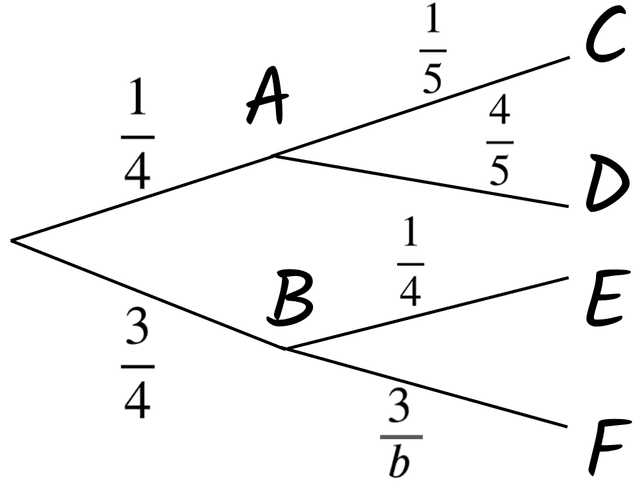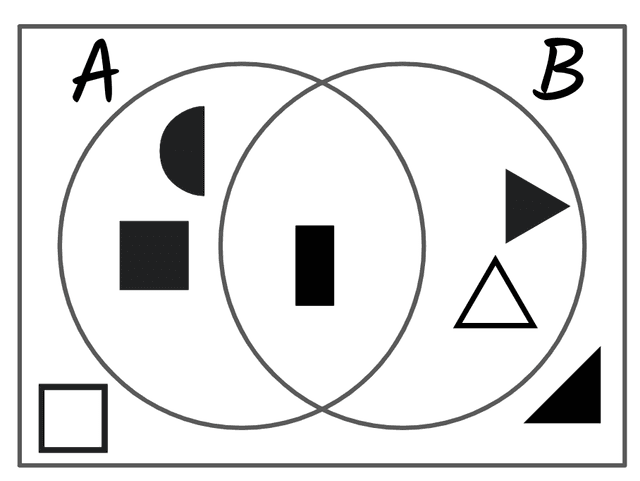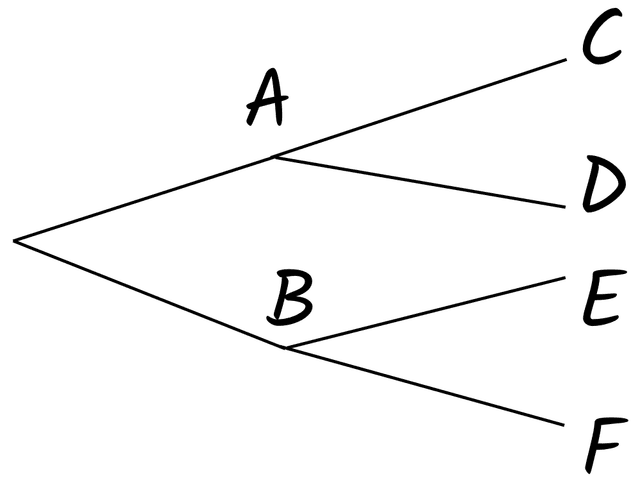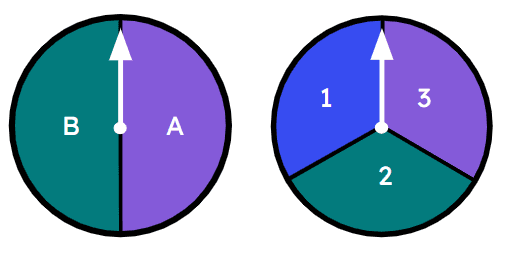Myths about teaching can hold you back
Learn why
New
New
Lesson 12 of 13
- Year 9
Comparing multiple representations to calculate theoretical probabilities for combined events
I can compare and contrast the usefulness of the different representations when calculating theoretical probabilities for combined events.
Lesson 12 of 13
New
New
- Year 9
Comparing multiple representations to calculate theoretical probabilities for combined events
I can compare and contrast the usefulness of the different representations when calculating theoretical probabilities for combined events.
These resources were made for remote use during the pandemic, not classroom teaching.
Switch to our new teaching resources now - designed by teachers and leading subject experts, and tested in classrooms.
Lesson details
Assessment exit quiz
Download quiz pdf








